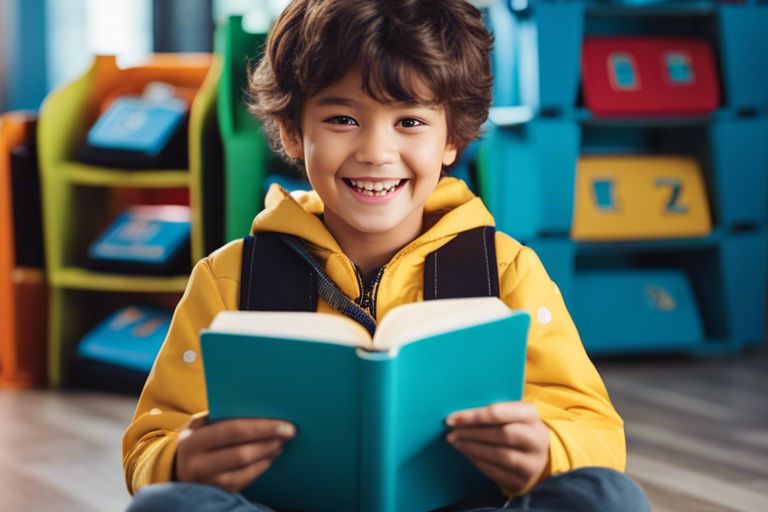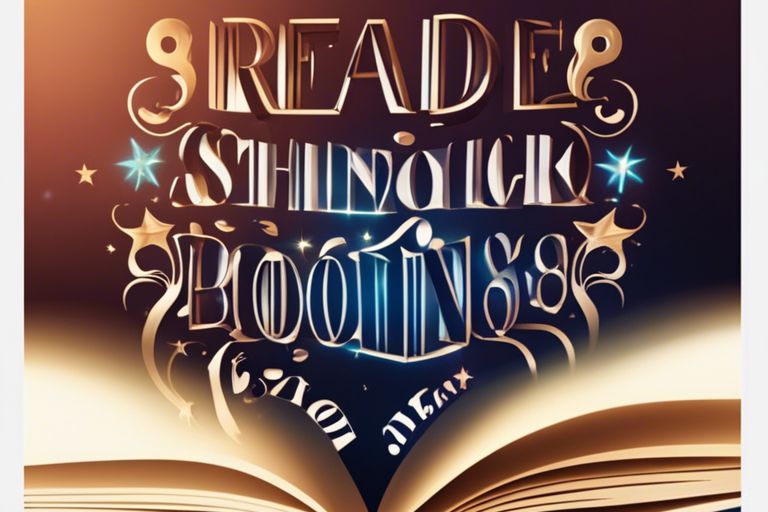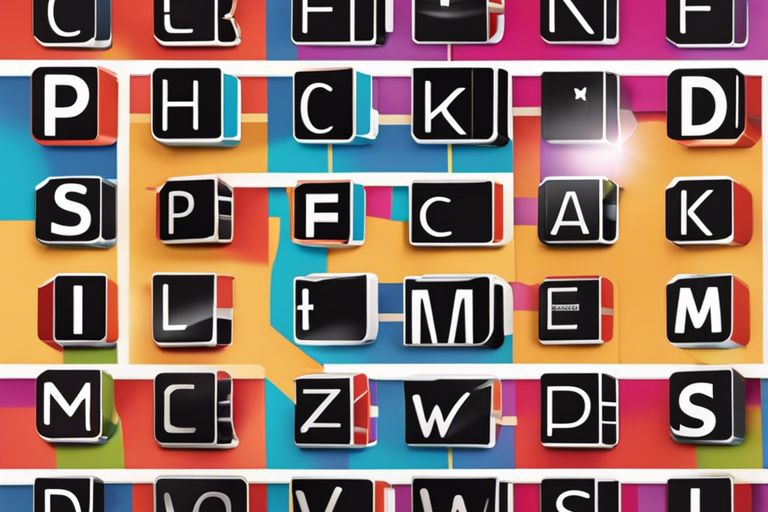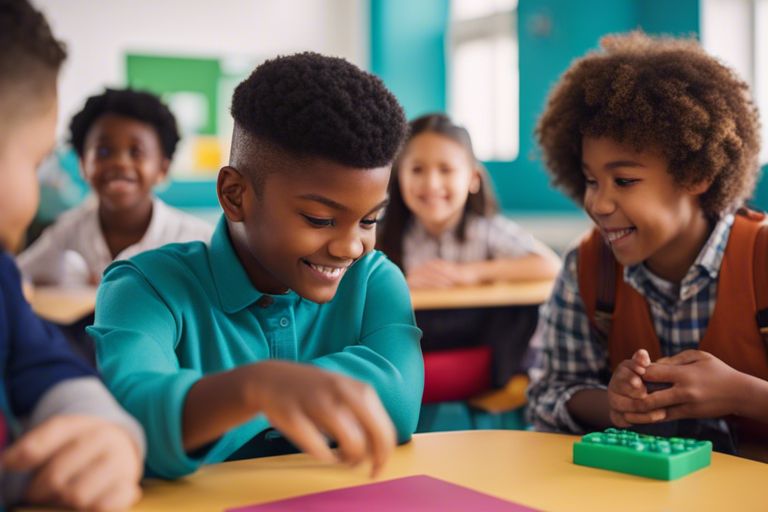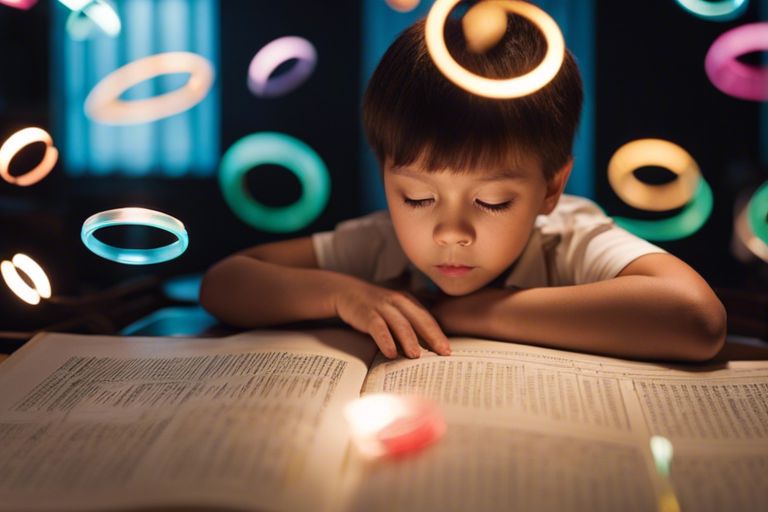
How do listening skills support phonics?
Phonics, the method of teaching reading by connecting sounds with letters, is a critical skill for children to develop in their early years of education. However, phonics teaching can only be successful if learners have developed strong listening skills. Listening is a fundamental component of phonics, as learners need to hear and differentiate between different sounds and syllables to connect them to the corresponding letters.
Listening skills play a vital role in phonics instruction in several ways. Firstly, by improving their ability to listen carefully, learners can identify and differentiate between different sounds, such as consonants and vowels. When learners can hear the differences between sounds, they can better connect them to the corresponding letters and understand how words are formed.
Listening skills help learners build phonemic awareness, which is the ability to identify and manipulate individual sounds in words. When learners can hear and distinguish between sounds, they can break words down into smaller components, making it easier to recognise and spell words.
How to improve your child’s listening skills
By building strong listening skills, learners can better identify and differentiate between sounds, build phonemic awareness, and follow phonics instruction. With the right strategies and activities, parents can help children improve their listening skills and master phonics, setting them up for success in reading and beyond.
There are several ways that parents can help improve their child’s listening skills:
Model good listening behaviour: Children often learn by example, so parents can set a good example by demonstrating active listening skills. This means paying attention to what the child is saying, asking questions, and responding appropriately.
Minimise distractions: To help children focus on what is being said, it’s important to minimise distractions. Turn of the TV and remove electronic devices during a conversation.
Encourage active listening: Encourage the child to actively listen by asking them questions about what they heard.
Practise listening activities: Engage in listening activities with the child, such as listening to music, audio books, or playing games that require listening skills, such as “Simon says”.
Speaking and Listening Resources
Tune into Nursery Rhymes
Nursery Rhymes Listening Game Set is an educational game designed to help young children learn and recognise classic nursery rhymes. The game includes 12 nursery rhyme cards featuring popular rhymes such as “Twinkle, Twinkle Little Star”, “Mary Had a Little Lamb”, and “Humpty Dumpty”, as well as a sound disc player that plays the corresponding nursery rhymes.
To play the game, children listen to the nursery rhyme played by the sound disc player and then match the rhyme to the correct card. The game helps to develop children’s listening and matching skills, as well as their knowledge of classic nursery rhymes. It’s a great tool for parents and teachers looking to engage children in learning activities and can be used in both home and classroom settings.
Speaking and Listening Board Games
Smart Kids 6 Speaking & Listening Games is a game set designed to help young children develop their speaking and listening skills. The game set includes six different games, each focusing on a different aspect of communication, such as conversation skills, storytelling, and public speaking.
Overall, Smart Kids 6 Speaking & Listening Games is a great tool for parents and teachers looking to help children develop their communication skills in a fun and engaging way. The games can be used in both home and classroom settings and are suitable for children of various ages and skill levels.
Listening Lotto
Sounds at Home is an educational game designed for young children to help them learn about sounds they may encounter in their home environment. The game includes 12 game boards and 120 game tokens featuring different sounds such as a doorbell, vacuum cleaner, and microwave beep.
The game helps to develop children’s listening and matching skills, as well as their knowledge of common sounds they may encounter in their home environment.
Overall, the Listening Lotto: Sounds at Home is a great tool for parents and teachers looking to engage children in learning activities and can be used in both home and classroom settings.
Sound Detectives Game
Orchard Toys Sound Detectives is an educational game designed for young children to help them develop their listening skills and identify different sounds.
To play the game, children listen to a sound played by a parent and then match the sound to the corresponding picture card. It is a fun and engaging way for young children to develop their listening and sound recognition skills.
Talking Tubes
“The Hodgeheg” is a children’s book written by Dick King-Smith, the author of other popular books such as “The Sheep-Pig” (which inspired the movie “Babe”) and “Ace, the Very Important Pig.”
The story follows Max, a young hedgehog who lives in a park in the middle of a busy city. Through a series of adventures, Max learns about road safety and encounters a group of helpful and friendly animals who teach him valuable lessons about perseverance, courage, and the importance of working together.
Tune into Animal Sounds
Animal Sounds Listening Game Set is an educational game designed for young children to help them learn about animal sounds. The game includes 12 animal cards featuring different animals such as a lion, elephant, cow, and frog, and a sound disc player that plays the corresponding animal sounds.
Super Sounds: Pre-Phonics Programme
“Traction Man Is Here!” is a children’s book written and illustrated by Mini Grey. The book follows the adventures of a toy action figure named Traction Man, who is always ready to save the day with his various gadgets and accessories.
The book is known for its clever use of language, playful humour, and colourful illustrations that bring Traction Man and his world to life. It has received critical acclaim and won several awards, including the Nestle Children’s Book Prize and the Boston Globe-Horn Book Award.
Speaking and Listening: Activities for the Early Years
“Speaking and Listening Activities for the Early Years” is a book that provides a range of activities and ideas for promoting communication skills in children across the Early Years curriculum. The book is designed to help them create a rich language and communication environment that supports children’s development in this area.
The activities are designed to be fun and engaging for children, and are based on a range of learning styles and abilities. They include games, songs, rhymes, stories, and other interactive activities that encourage children to participate and communicate with others.
Guess Who?
“Guess Who” is a classic two-player board game that challenges players to guess which character their opponent has selected from a field of 24 characters. Each player has a board with 24 pictures of different characters, and they take turns asking yes-or-no questions to narrow down the possibilities.
The game is easy to learn and play, making it a popular choice for families and friends to enjoy together.
Talking Treasure Hunt
The Talking Tins Treasure Hunt Game for Kids is an educational game that includes six yellow talking tins with voice recorders that can hold up to 20 seconds of recorded audio. The game is designed for classroom activities in schools and promotes speaking and listening skills in children.
The game is easy to set up and use, and the talking tins are durable and can be used repeatedly. Overall, the Talking Tins Treasure Hunt Game for Kids is a fun and interactive way to promote communication skills in the classroom, and is ideal for use in a range of educational settings.












